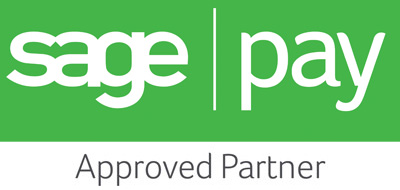Catching Curious Customers
In these tough economic times getting (and keeping) customers is a tall order. As people make cut backs wherever they can, many business owners are worrying about falling sales and the impact of lower revenue on a rising bottom line. The fact that everyone is facing the same problems may make it an easier cross to bear, but that doesn't help in any practical ways.
As people face harder spending decisions they are taking more time to research and compare prices on items, which means they're online for a lot longer, and browsing a wider range of sites. They will also be making several visits to sites, initially to scope products, then again to compare prices or features to make a shortlist. They may then make a further visit when they are closer to making a purchase decision.
People will still have to buy things they absolutely need, but will be determined to get the best deal. It will serve you well to role-play as a consumer and conduct some searches for your products. You'll see what prices are being offered by your competitors and what incentives they may be offering to make that all important sale. When you know what tempting deals are being presented to your target market you'll be able to offer them something better, more convenient, or cheaper. In these belt-tightening times even small savings of 5% can make or break the deal.
More time spent online means more chance of laying eyes on your Google ad and visiting your website. Take advantage of this flurry of research activity by running paid advertising with price discount incentives, or other special offers which will appeal to your target demographic. Multiple purchase discounts, or extra loyalty points will appeal to savvy shoppers, while those customers trying to get ahead on their Christmas shopping by spreading the cost will appreciate multi-purchase deals as a way of covering several gifts in one transaction.
Google Analytics' new cohort style of segmenting users really comes into its own here, as you can specify cohorts based on the number of visits that user has made. You can then offer this cohort time-limited discounts on the items they keep returning to look at in order to catch that sale. If a customer has made four or more visits to a particular product page it is reasonable to assume they are interested in buying it, and that it will only take a small discount incentive to convert them from curious to customer.
The convenience aspect of online shopping may suffer a little from this increase in pre-purchase activity – after all when a customer has spent a couple of hours comparing prices online and in-store, the cost of shipping versus the cost of petrol to drive to a physical store for a slightly cheaper price may be negligible. If you can offer free shipping it is a good idea to do so, especially if there are lots of places a customer could buy your products more locally.
So, with customers becoming more curious and spending more time researching products and prices before parting with any money, businesses need to work to catch them when they can. This can involve clever use of browsing data, incentivised paid ads or small discounts that can tip the balance in your favour rather than towards your competitor.
